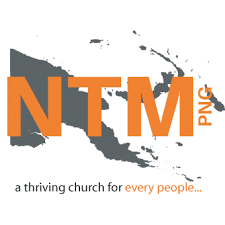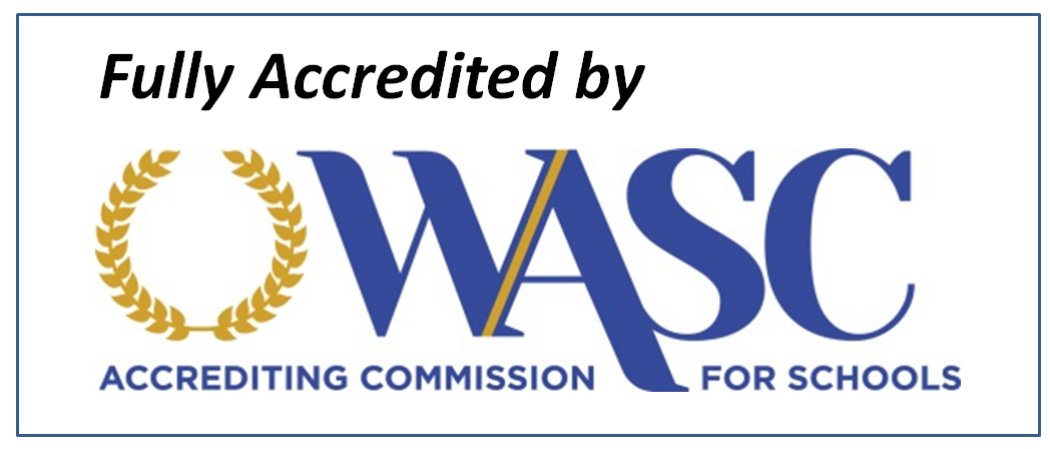Curriculum Scope & Sequence – Mathematics
Grade: 7 – Pre-Algebra
Text/Materials Used: Prentice Hall Mathematics Pre-Algebra (2004), basic calculators, computer lab programs (Integers, Geometers Sketchpad, Green Globs)
General Goals:
To achieve proficiency in the following content areas:
- Maintaining computational proficiency in all elementary operations (i.e. fractions, decimals, percentages, etc.)
- Increasing proficiency in integer operations and multi-step expressions, equations, order of operations with exponents
- Learning to adequately identify and use algebraic properties, implement the use of formulas, factor algebraic expressions, plot linear equations, access slope, y-intercept and other plane based procedures, measure/evaluate basic geometric shapes with variable and solve square roots and polynomials
- Further developing problem solving skills by evaluating contextually based word problems and critical thinking scenarios
These skills will be demonstrated by receiving passing scores on informal assessments for each content area.
Goals By Term
Term 1:
Chapter 1 – Algebraic expressions and integers
Chapter 2 – Solving one-step equations and inequalities
Term 2:
Chapter 3 – Decimals and equations
Chapter 4 – Factors, fractions, and exponents
Chapter 5 to 5.7 – Operations with fractions (comparing and ordering, fractions and decimals, adding, subtracting, multiplying, and dividing, units of measurement, solving equations with adding or subtracting fractions)
Term 3:
Chapter 5.8 to 5.9 – Operations with fractions (solving equations by multiplying fractions, powers of products and quotiens)
Chapter 6 – Ratios, proportions, and percents
Chapter 7 – Solving equations and inequalities
Term 4:
Chapter 8 – Linear functions and graphing
Chapter 9 – Spatial thinking
Chapter 10 to 10.3 – Area and volume (parallelograms, triangles, trapezoids, and circles)
Grade: 8 – Algebra I
Texts: Prentice Hall Algebra I (2011)
General Goals:
To achieve proficiency in the following content areas:
- Apply mathematical properties to solve expressions and real-world problems
- Apply basic mathematical operations to rational numbers
- Solve equations and real-world problems in one variable
- Use proportions to solve geometric and statistical problems
- Know how to graph ordered pairs and equations, and identify domain, range, and functions
- Calculate the slope of a line and graph linear equations
- Solve and graph solutions to lineal inequalities
- Apply addition, subtraction, and multiplication to monomials and polynomials
- Know how to factor polynomials
- Graph quadratic functions and solve them using the quadratic formula
- Apply basic mathematical operations to radical expressions and use them to solve real-world problems
These skills will be demonstrated by receiving passing scores on informal assessments for each content area.
Goals By Term
Term 1:
Chapter 1- Foundations for Algebra
Chapter 2-Solving Equations
Chapter 3-Solving Inequalities
Term 2:
Chapter 4-An Introduction to Functions
Chapter 5-Linear Functions
Chapter 6-Systems of Equations & Inequalities
Term 3:
Chapter 7-Exponents & Exponential Functions
Chapter 8-Polynomials & Factoring
Chapter 9-Quadratic Functions & Equations
Term 4:
Chapter 10-Radical Expressions & Equations
Chapter 11-Rational Expressions & Functions
Chapter 12-Data Analysis & Probability
Grade: 9-12 – Geometry
Text/Materials Used: Prentice Hall Geometry, 2004
General Goals:
To achieve proficiency in the following content areas:
- Analyzing characteristics and properties of two-and three- dimensional geometric shapes and develop mathematical arguments about geometric relationships
- Solving problems involving geometric modeling and coordinate systems
- Understanding measureable attributes of objects and apply appropriate techniques, tools, and formulas to determine measurements
- Reviewing algebraic procedures in the context of geometric problems
These skills will be demonstrated by receiving passing cores on informal assessments for each content area.
Goals By Term
Term 1:
Basic tools of geometry
Reasoning and proof
Parallel and perpendicular lines
Term 2:
Congruent triangles
Relationships within triangles
Quadrilaterals
Term 3:
Area
Similarity
Right triangle trigonometry
Term 4:
Surface area and volume
Circles
Transformations
Grade: 10-12 – Algebra II
Texts: Algebra 2 (Prentice Hall)
General Goals:
To achieve proficiency in the following content areas:
- Solving equations and inequalities
- Representing function relationships by writing a graphing linear equations and inequalities
- Solving systems of equations in two and three variables
- Performing addition, subtraction and multiplication of matrices and use matrices to represent real-world problems and geometric figures
- Solving and graphing quadratic equations with both real and complex solutions
- Writing, graphing, and solving polynomial equations using factoring and division of polynomials
- Performing basic operations with radical expressions and use them to solve radical equations
- Solving and graphing exponential and logarithmic functions and use these functions to model real-world data
- Solving and graphing rational equations
- Using equations and make graphs of conic sections
- Using trigonometry (sine, cosine, and tangent in both degrees and radians) and how they relate to periodic functions
- Using trigonometric identities to solve trigonometric equations.
Goals By Term
Term 1: Students will study the tools of algebra, functions, equations, and graphs, linear systems, and matrices.
Term 2: Students will study quadratic equations and functions, polynomials and functions, and radical functions and rational exponents.
Term 3: Students will study exponential and logarithmic functions, rational functions and conic sections.
Term 4: Students will study periodic functions and trigonometry and probability statistics
Grade: 11-12 – Pre-Calculus
Texts: Precalculus, Graphical, Numeric, Algebraic by Demana, Waits, Foley and Kennedy; graphing calculator (TI-82, TI-89, TI-92 (TI-89 is preferred); Computer Lab programs (Geometers Sketchpad, Green Globs, Derive)
General Goals:
To achieve proficiency in the following content areas:
- Solving and graphing linear and quadratic equations
- Solving and graphing polynomial equations with and without the use of technology
- Solving and graphing linear and quadratic inequalities and use the results to solve linear programming problems
- Combining functions using the basic operations along with composition and explore transformations of functions
- Solving and graphing exponential and logarithmic functions and use these functions to model real-world data
- Using equations and make graphs of conic sections
- Using trigonometry (sine, cosine, secant, cosecant, tangent, and cotangent – in degrees and radians) and their inverses
- Solving trigonometric equations and use them to solve real-world problems
- Using trigonometry (trigonometric ratios, law of sines, law of cosines) to find unknown sides and angles of triangles
- Using the trigonometric addition formulas, double angle formulas, and half-angle formulas to solve problems
- Identifying arithmetic and geometric sequences and using the ideas of limits, find the sums of infinite and finite series
These skills will be demonstrated by receiving passing cores on informal assessments for each content area.
Goals By Term
Term 1: Chapters 1-3: linear and quadratic functions, polynomial functions, and inequalities
Term 2: Chapters 4-6: functions, exponents and logarithms, analytical geometry
Term 3: Chapters 7-9: trigonometry, trigonometric equations and applications, triangle trigonometry, trigonometric addition formulas
Term 4: Chapters 10-12, 13.1-13.4: polar coordinates and complex numbers, vectors and determinates, sequences and series
Grade: 12 – AP Calculus
Text/Materials Used: Calculus by Finney, Demana, Waits, Kennedy
General Goals:
To achieve proficiency in the following content areas:
- Exploring and develop an understanding of the concept of a limit
- Developing a proficiency in computational techniques of differentiation
- Applying the concept of the derivative to finding slopes of curves, change of rate problems, optimization, and function graphing
- Developing proficiency in computational techniques of integration primarily as the inverse operation to differentiation
- Applying techniques and concepts of integration to problems involving rates of change, separable differential equations, finding areas and volumes, and applications in the sciences
Goals By Term
Term 1:
Chapter 1: Prerequisites of calculus
Chapter 2: Limits and continuity
Term 2:
Chapter 3: Derivatives
Chapter 4: Application of derivatives
Term 3:
Chapter5: The Definite Integral
Chapter 6: Differential equations and mathematical modeling
Term 4:
Chapter 7: Applications of Definite
Chapter 8: L’Hospital’s rule, Improper Integrals, and Partial Fractions
These skills will be demonstrated by receiving passing scores on informal assessments for each content area.
Additional Information:
Students meeting course requirements should pass the AP Calculus exam with a 3 or better.





